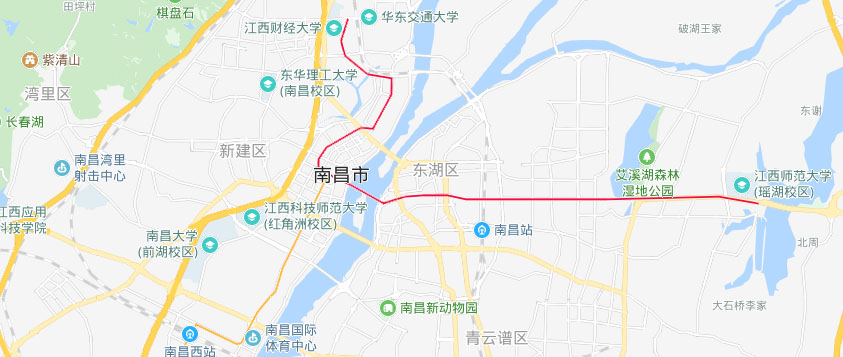The Use of Negative Numbers负数的用于The introduction of negative numbers is a great contribution to mathe-matics by ancient Chinese mathematicians.In Nine Chapters on the Mathematical Art(Jiuzhang Suanshu),negative numbers were used in the eighth chapter on solving systems of simultaneous equations. For instance, revenue num-bers are considered positive,while expense numbers are deemed negative;or sur-plus amounts are viewed as positive,while deficit amounts are seen as negative.In a problem calculating grains,the increased grains are considered positive,and the lost grains,negative. At the time,calculation was done by the method of Suan Chou(counting rods)Red rods were used to denote positive coefficients,and black ones to denote negative ones. Or in another case,the normal position of Su-an Chou denoted positive,while an inclined position denoted negative.负数的引入,是中国古代数学家对数学的一个巨大贡献。在《九章算术》的第八章“方程”中,就更让人了负数解法联立方程组。
如负数经常出现在方程的系数和常数项中,把“买(收人钱)”作为于是以,则“卖(代价钱)”作为胜,把“余钱”作为于是以,则“严重不足钱”作为胜。在关于粮谷计算出来的问题中,是以益鉴(减少粮谷)为于是以,损失(增加粮谷)为负等。当时是用筹算来展开计算出来的,以红筹为于是以,黑筹为负;或将筹算首列作正、斜置作角。
Rules for the calculation of signed numbers were also given in Jiuzhang Suanshu.According to the book, the deduction(or subtraction)of two numbers with the same sign(from another number) equals the deduction of the absolute values of the two numbers,while the deduction of two numbers with different signs equals the addition of the absolute values of the iwo numbers. Also一a positive number subtracted from zero gives a negative number,whereas a negative num-ber subtracted from zero gives a positive number. The addition of two numbers with different signs equals the deduction of their absolute values,while the addition of iwo numbers with the same sign equals the addition of their absolute values.Zero plus a positive number is still a positive number,and zero plus a negative number is still a negative number. Until the 17th century,it was the most complete depiction on the rules for adding and subtracting positive and negative一 numbers in the world.在《九章算术》中,除了引入正负数的概念外,还原始地记述了正负数的运算法则:同号两数相加,相等其绝对值相加;异号两数相加,相等其绝对值相乘;零减半正数得负数,零减负数得正数。异号两数相乘,相等其绝对值相加;同号两数相乘,相等其绝对值相乘;零特正数得正数,零特负数得负数。直到公元17世纪以前,这还是正负数以此类推运算最原始的描述。Negative numbers appeared very late in the West.Many noted mathemati-clans did not admit negative numbers,because they consider zero as“nothing”and could not understand that something could be even less than“nothing,”and so considered negative numbers“absurd.”It was only in the 17th century when Descartes invented the coordinate system,which gave a geometrical explanation and an actual meaning for negative numbers,that negative numbers began to be accepted gradually.在西方,负数经常出现得很晚。
许多知名数学家仍然不否认负数。他们把零看做“没”,他们无法解读比“没”还要“较少”的现象,因而指出负数是“可笑的”。直到17世纪,笛卡儿创办了坐标系,负数取得了几何说明和实际意义,才渐渐获得了普遍认为。
The introduction of negative numbers is an important contribution of Chinese mathematicians to world mathematics. With the introduction of negative numbers,the whole numbers and rational numbers became complete.负数的引入,是中国古代数学家贡献给世界数学的一份宝贵财富。负数概念引入后,整数集和有理数集就原始地构成了。
本文关键词:凯发一触即发(中国区)官方网站,凯发·k8(国际) - 官方网站·一触即发
本文来源:凯发一触即发(中国区)官方网站-www.khstqm.com


